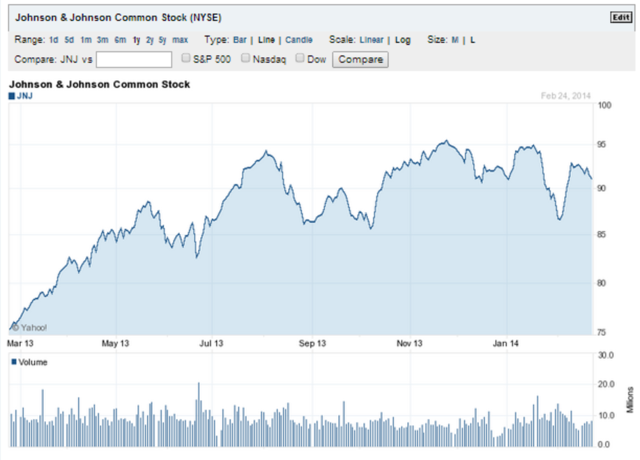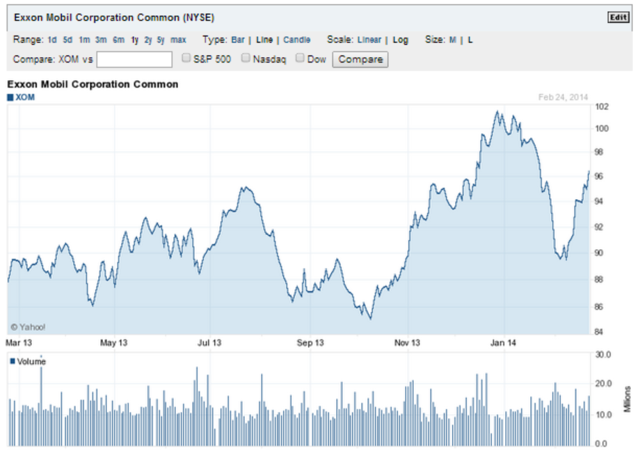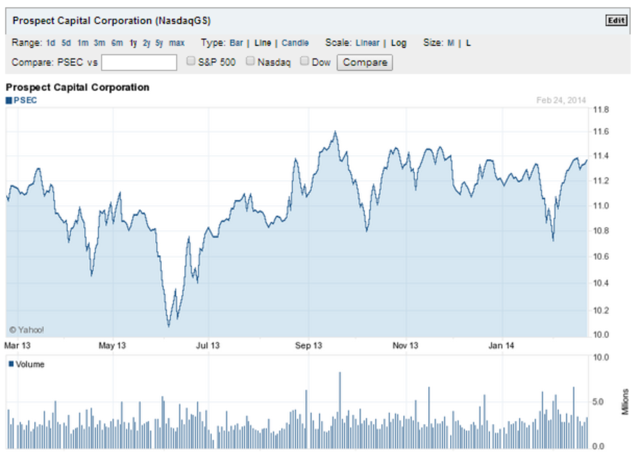As the US economy continues to post evidence of recovery, the Federal Reserve has more options available in defining its monetary policy strategies. We have already seen two decisions to reduce the monthly asset purchases that define the Fed’s quantitative easing programs, so there is a growing level of confidence that the US economy is on a footing that is stable enough to start operating on its own merits. But investors should not be confused by the possibility that we will see an environment of rising interest rates any time soon. With a sluggish jobs market and no real upside pressure in consumer inflation numbers, there is little reason for the Fed to enter into an aggressive period of policy tightening any time soon.
Dividend Stocks Likely to Outperform
For investors, this means dividend stocks will be some of the best performers in the years ahead. And for those planning for retirement, there are some excellent stock choices in this space that can still be found at attractive valuations. “As always, it is important to look for yields that are sustainable and tied to companies with solid fundamentals,” said Sam Kikla, markets analyst at BestCredit. “If choosing dividend stocks was as easy as looking at yields alone, everyone would have a 5-star portfolio.” But as long as you select strong dividend payers with share price returns that are at least in the upper single-digits, you can structure an investment portfolio that can carry you through periods of negligible market returns or enhanced price volatility.
Here, we will look at 3 companies (two large-caps, one small-cap) with a strong cash flow history and the ability to maintain stable stock values even during bear-market downturns. One common theme that should be seen in this list is the fact that these companies are well-managed and produce essential products. These stocks offer investors the opportunity to generate long-term gains, reduce risk, and avoid external market shocks in structuring a portfolio that can support you into retirement.
Long-Term Stability
Chart Source: Yahoo! Finance
First, we look at market darling in Johnson & Johnson (NYSE:JNJ), which is an excellent example of a stock choice that offers the dual benefits of asset diversification and a strong history of stable growth. J&J is centrally divided into three divisions: consumer goods, medical devices, and pharmaceutical products. This level of diversification tends to be what shields the company from any potential downsides seen in the broader economy. Its businesses are also focused on essential items, so there is reduced risk if stock markets as a whole start to encounter bearish trends. Over the last 10 years, J&J stockholders have received dividend payouts of $3.3 billion over the past decade, and now offer a dividend yield of 3.4%. Over this time period, the stock price has posted gains of 3.3%.
In the energy sector, the stand-out choice continues to be Exxon Mobil (NYSE:XOM), which is the largest oil refiner in the world and has a market cap of $392 billion. With ownership of 36 refineries, the company holds a unique position relative to its peers in terms of its ability to manufacture specialty chemicals and more traditional energy products. Over the last 10 years, the company has generated returns of $9 billion for its shareholders and shows a dividend yield of 2.7%. But what might be most impressive in the performances seen in the underlying share price. In the last decade, XOM has posted gains of roughly 10% -- well above what is typically seen in its peer group.
Small Caps to Consider
But while these large-cap stocks offer the stability of a strong performance history, it is important to look for growth opportunities as well. One of the best ways of doing this is to find small-cap stocks. Last year, the Russell 2000 (the gauge most commonly used to mark performance in small cap stocks) saw gains of more than 38% (capital gains and dividends both included). Last year’s performance in the S&P 500 was 32.5%, and the Dow Jones Industrials failed to break the 30% mark. Small cap superiority here came mostly from the fact that growing companies tend to rely on domestic sources for their business (rather than looking overseas).
These trends show the type of potential that can be found in small-caps, so it makes sense to gain some exposure in these areas in order to capitalize on opportunities for long-term growth. One solid choice can be found in business development company Prospect Capital (NASDAQ:PSEC), which offers a portfolio that is fundamentally sound and a massive dividend yield of 11.9%. Over the last three years, Prospect has shown tremendous growth -- more than tripling after well-positioned acquisitions and increased exposure to real estate markets have supported the company’s bottom-line. Favorable financing rates made available by Fannie Mae and Freddie Mac create a positive long-term outlook for these moves. The company’s ability to avoid significant capital losses and non-performing loans suggests that the stock is a buy-and-hold for those looking to gain exposure to high-paying growth companies with a stable outlook.




